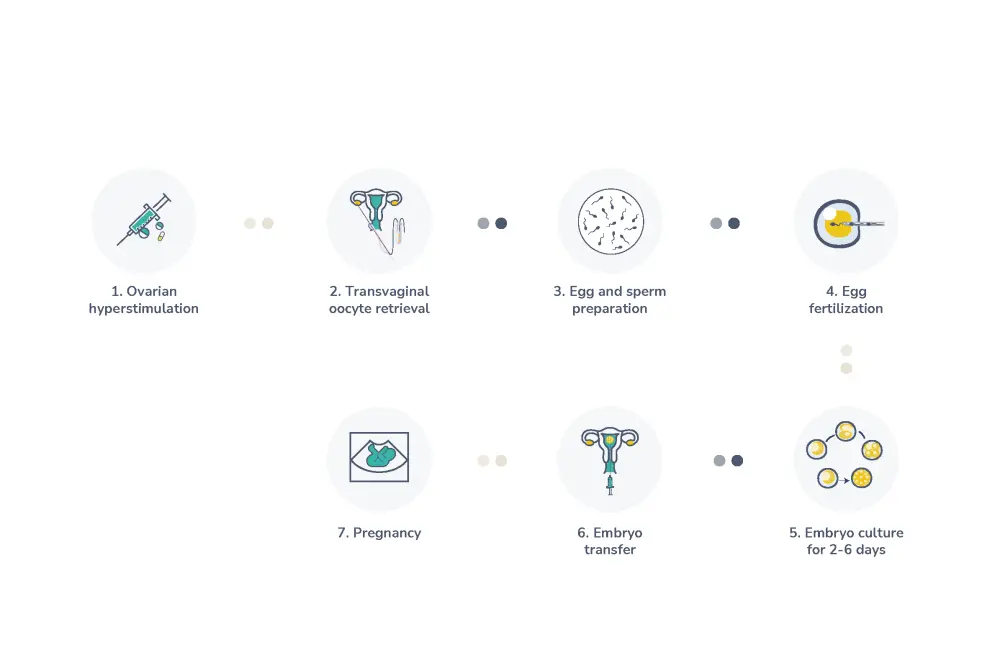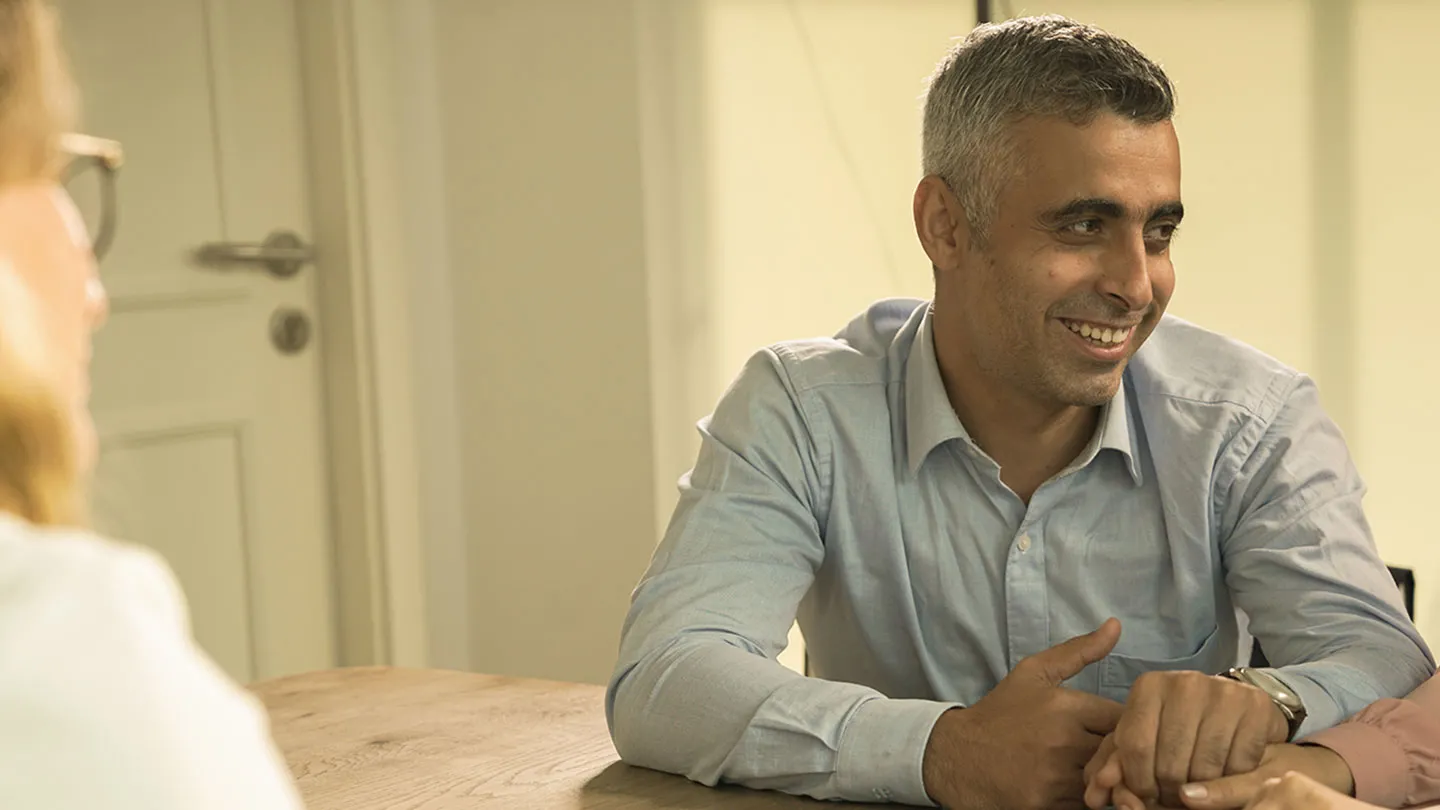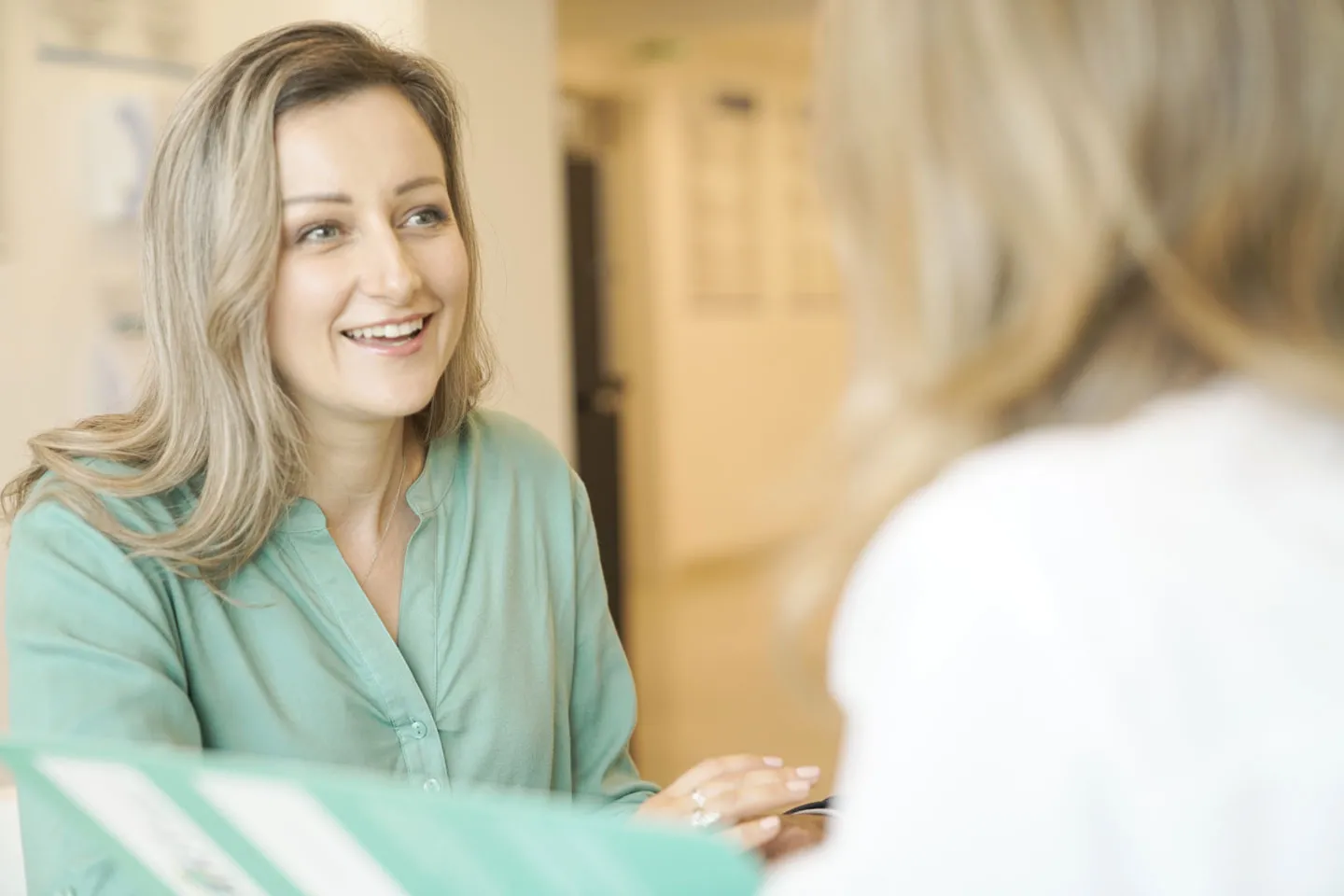IVF
IVF means in vitro fertilization. In vitro means in the laboratory ( outside the body) and fertilization refers to conception (joining of a woman’s egg and a man’s sperm in a laboratory dish) . IVF technology increases the chance of conception for many couples experiencing infertility. In some cases IVF may be pursued when alternative treatment options have been attempted unsuccessfully. In some circumstances, such as bilateral fallopian tubal disease, it is the only treatment option which will provide the couple with a realistic chance of success . Embarking on IVF can be a very exciting journey.

When is IVF treatment recommended?
The following is a list of some of the indications for IVF treatment :
• Male factor infertility ( low sperm count/ motility / morphology)
• Anovulation / Polycystic Ovarian Syndrome
• Endometriosis
• Bilateral Tubal Disease
• Unexplained infertility, failure to conceive after several years of attempts without a scientific cause for the infertility
• To facilitate Pre-implantation Genetic Diagnosis (PGD) : to avoid passing an inherited genetic disorder to your children
• Fertility Preservation : Cryopreservation (freezing) of a woman’s eggs or a man’s sperm. For many reasons including cancer people may wish to cryopreserve their sperm or eggs. Chemotherapy / radiotherapy may adversely affect fertility. Later, the cryopreserved sperm or eggs can be thawed and used in IVF once their cancer treatment is completed.
What are the screening processes followed before beginning the IVF cycle?
Before initiating the IVF cycle various screening procedures are carried out. They include:
• Ovarian reserve testing
• Semen analysis
• Infectious disease screening
• Ultrasound scan of Pelvis
What are the procedures required for IVF treatment?
• Ovarian Stimulation: In a natural monthly cycle your ovaries normally produce one egg. An IVF cycle aims to obtain more eggs by administering medication to promote follicle growth (where the eggs grow). This medication usually takes the form of injections. During ovarian stimulation, you will need to attend the clinic for ultrasound scans to monitor follicular development. When your doctor confirms that follicles have developed to the optimal size, stimulation is complete.
• Follicular Puncture (Oocyte pickup or egg retrieval): Once the follicles have reached optimal size a trigger shot is administered to induce egg maturation . The trigger shot is usually a hormonal injection named human chorionic gonadotrophin (hCG). 34-36 hours following the trigger shot the oocyte (egg) retrieval is scheduled. It is very important to do the trigger shot at the exact scheduled time as the date and time of oocyte (egg) retrieval will depend on it. This process is a day case procedure. The doctor will collect oocytes (eggs) from the ovaries transvaginally under the guidance of the latest ultrasound technology under local anesthesia or in some cases under general anesthesia.
• Oocyte Fertilization and Embryo Culture: On the day of the oocyte retrieval procedure, the semen sample is collected and prepared. Our embryologists will place the eggs and sperm together in culture media dishes to fertilise naturally, a process referred to as insemination.
• After the insemination (IVF) the oocytes are placed in our specialized incubators to assess for fertilization approximately 17 hours later.
At ART Fertility Clinic, the “RI-Witness” system is used to make sure that the sperm and eggs are correctly identified. The “Xiltrix system” monitors all the incubators in the laboratory continuously to ensure a safe environment for the embryos.
• Embryo Transfer: Progress of the embryos is evaluated daily. The physician and the embryologist decide when it is best to transfer the embryo(s) to achieve the highest chance of a successful pregnancy. The following factors are taken into consideration when determining the optimal day for embryo transfer:
• previous treatment history
• the development of the embryos (cell number and quality)
• if any genetic testing will be done on the embryo
• The embryo(s) is/are transferred under ultrasound guidance into the uterus by using a flexible, soft catheter. It is a simple and painless procedure and is carried out without any sedation or anesthesia. After the embryo transfer, bed rest is not advised. Our team of experts are available should you have any concerns or questions following the embryo transfer procedure.




